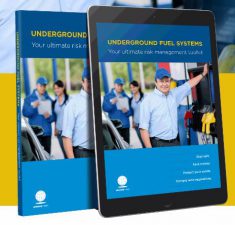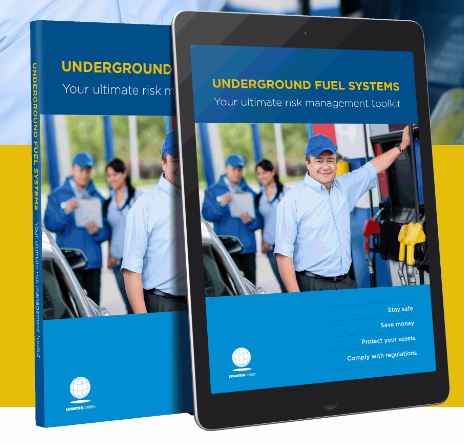 Twelve percent of unmonitored underground fuel systems fail an equipment integrity test (EIT), indicating a potential leak or maintenance issue, data from fuel analytics provider Leighton O’Brien reveals.
Twelve percent of unmonitored underground fuel systems fail an equipment integrity test (EIT), indicating a potential leak or maintenance issue, data from fuel analytics provider Leighton O’Brien reveals.
Unmonitored fuel systems include those not using continuous loss monitoring methods such as SIR, Wetstock SaaS, and ATG/electronic line leak detection. Monitored systems have failure rates of less than 0.5 percent per annum.
The analysis shows the vast majority of fuel systems that fail are steel, of which 90 percent are lines and 10 percent are single-wall tanks.
Leighton O’Brien CEO Reed Leighton said the data shows single-wall steel lines pose the industry’s biggest integrity risk.
“Double-wall fibreglass tanks and double-wall high-density polyethylene (HDPE) lines have a successful containment rate of 99.9% – if the systems are properly installed and independently tested.
“The industry is doing a good job managing environmental risk and delivering quality fuel to customers, particularly where fuel systems are monitored.
“Our analysis indicates customers are receiving clean fuel from monitored systems given more than 95 percent of dispensing pumps are working at acceptable speeds.
“However, the research also reveals 36 percent of underground fuel systems contain some degree of fuel contamination at the bottom of the tank including bacteria, particulates, sludge and water.
“Half of the contaminated tanks contain free phase water, which is particularly troubling for low sulphur fuels.
“When left unchecked, this creates maintenance and corrosion issues inside the tank system where water is present,” Mr Leighton said.
Mr Leighton said unmonitored tank systems present a real challenge for smaller site operators.
“Where a system is not monitored, fuel loss and poor product quality takes longer to detect, resulting in increased risk and maintenance costs.”
Mr Leighton said site owners and operators can now access a complete guide to maximising their asset value by reducing the risk of leaks and fuel contamination following the launch of an educational toolkit.
Underground Fuel Systems: Your ultimate risk management toolkit contains helpful information on the causes, effects and prevention of fuel leaks and contamination.
The easy-to-read guide also includes a cost-benefit analysis of leak prevention vs contamination and clean-up and a checklist outlining a simple, proactive approach to risk mitigation.
“We’ve drawn on more than 20 years of industry experience of our monitoring and testing results to develop this educational resource for smaller fuel retailers,” Mr Leighton said. “Every site is different, so operators should understand their risk profile, which depends on site location, age of fuel system infrastructure and level of maintenance and leak detection systems in place.”
A PDF copy of the toolkit is available at https://www.leightonobrien.com/fuel-system-risk-management-toolkit/

